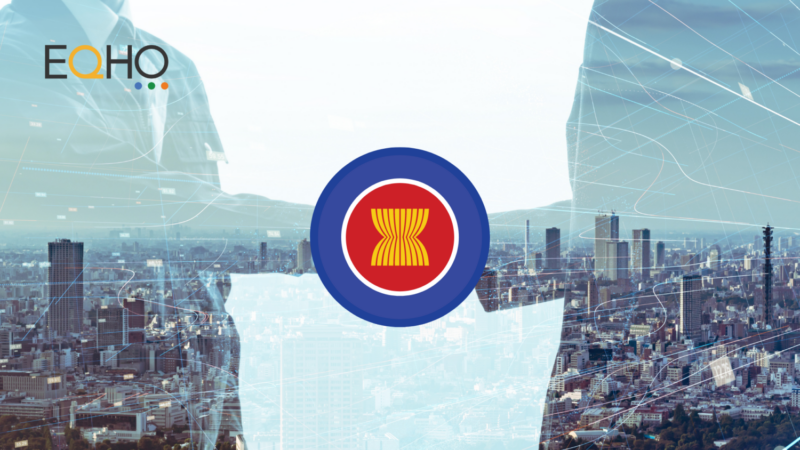Are you looking to launch a product or service in a foreign language? If so, you’ll need to localize the sales collateral and much more if you’re to stand any chance of being successful.
Localization concerns the adaptation of material for foreign-language markets and involves translating content from one language to another (these are called the source and target language) while taking into consideration the target language’s cultural sensibilities and semantics. Unlike translation, localization also takes non-textual components (including graphics, images and colors) into consideration.
When done correctly, it will reduce time to market, deliver costs savings and make sure the final copy is appropriate for the target audience. So if you’re new to the topic, read on to find out more.
Preparation
Preparation will be at the heart of any successful project. By understanding the client’s goals and resources, localization companies will be able to make informed decisions on what is the best way to proceed. For example, the level of sub-editing carried out on a technical document, which can make all of the difference, could be dictated by the budget on offer.
Get the right resources
Creating a translation glossary ensures everyone is on the same page when it comes to issues such as corporate branding, the use of acronyms and terms that need to stay in their source language. A style guide will complement this document and sets out the right tone and style to be used when writing for a specific brand. In both cases, the more in-depth the better, as it increases the chances of consistency and quality across all languages.
Translating and editing the content
Now to the crux of the issue. Sector-specific translators will localize content from one language to another in such a way that the central message is not lost. For example, some English words become much more verbose when translated into German, so the translators need to make a judgment call on whether or not the text should be altered so it is still punchy. Ultimately, it is about delivering the same high quality experience to customers, regardless of where they are from and what language they speak.
Quality assurance
Assessment is at the heart of good text and localization is no different. Translated material should be treated the same as the original text when it comes to evaluation, as no one wants a mistake to slip onto the page. If translations are not looked over by qualified editors, there’s a chance they won’t have the polish they could have.
In-country review
The final stage in translations, this gives a brand one final chance to look at the material. This stage should be carried out by someone who knows the product or service in question in-depth. By deciding who will carry out this process early, brands can also make sure they play a role during the creation of the glossary and style guide.
You can find out more about the localization process on our website.



